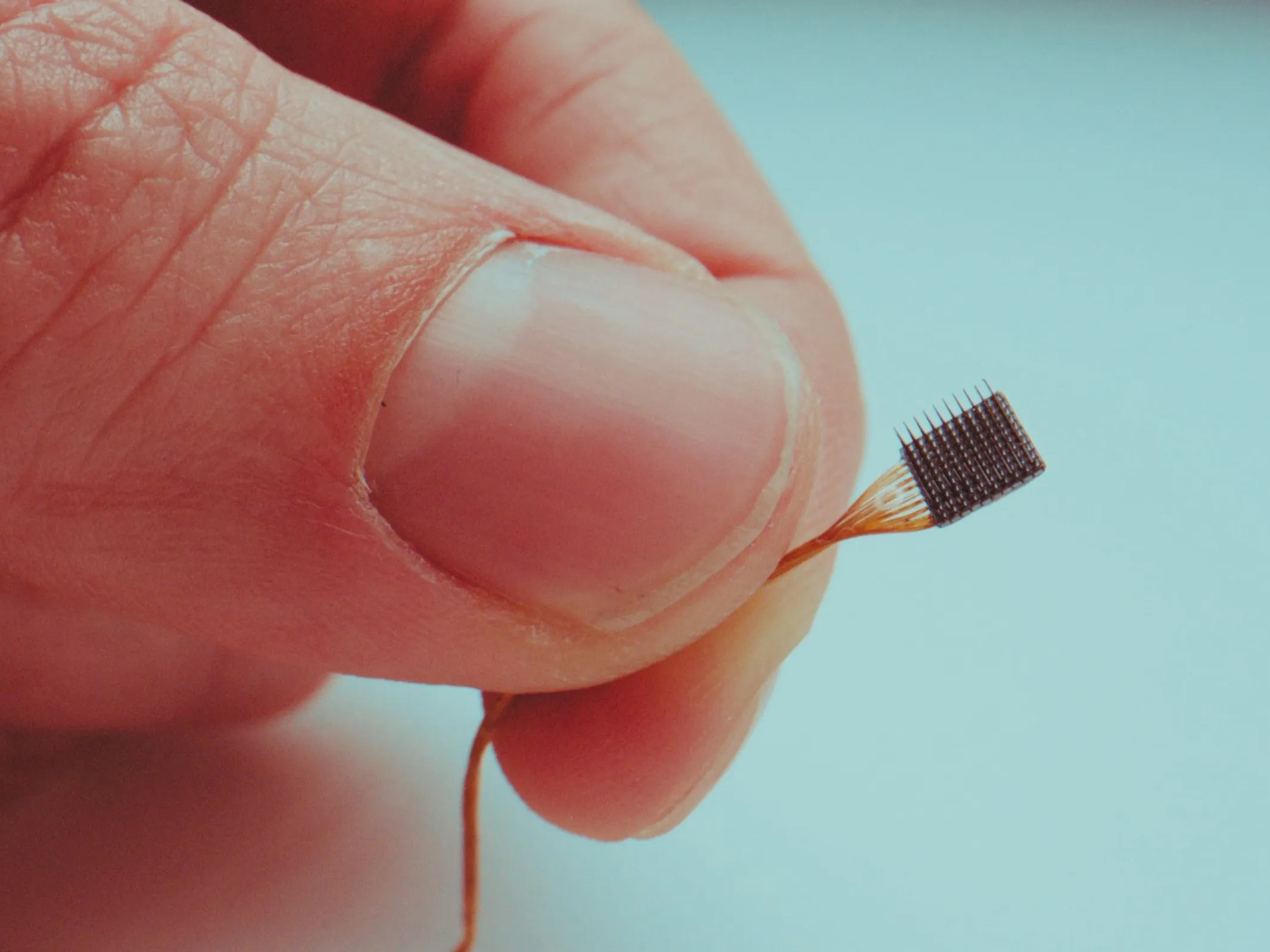
Brain-Computer Interface: What You Need To Know
Brain–computer interface (BCI) or Brain–machine interface (BMI) (Smart brain), is a direct communication pathway between the brain’s electrical activity and an external device, most commonly a computer or robotic limb. It is a rapidly advancing neurotechnology that restores function for individuals with paralysis and neurological disorders. Using a microchip implanted in the brain, BCIs connect a person’s neural signals with a computer, empowering them to control the device with only their thoughts.

Though these devices are often considered science fiction, Blackrock’s BCI technology has been studied in patients with paralysis since 2004, and the company anticipates its first BCI product for home use to be released in 2024. Some of the companies that have already embarked on and tested this technology are: NeuraLink, Synchron Inc, Emotiv, OpenBCI, Neurable, and NeuroSky.
Some of the benefits of the emergence of BCI are as listed:
- Vision: – In vision science, direct implants have been used to treat non-congenital (acquired) blindness. One of the first scientists to produce a working brain interface to restore sight was a private researcher, William Dobelle.
- Movement:- Brain-Computer Interface (BCI) focusing on motor neuroprosthetics aims to either restore movement in individuals with paralysis or provide devices to assist them, such as interface with computers or robot arms.
- Communication: – This technology was used in an experiment where the participant imagined moving his hand to writing letters, and the system performed handwriting recognition on electrical signals detected in the motor cortex.
BCI is not only a technology that requires implants, it can be used as non-invasive BCI where the device is not inserted into the brain. There are experiments in humans using non-invasive neuroimaging technologies as interfaces. Some private ventures seek to use non-invasive BCI technology, like a modified electroencephalogram (EEG) which can read brain activity via sensors you can wear like a hat. One such venture, Neurable, is working on a product that aims to put BCI sensors into a pair of headphones that can help the user optimize their productivity. For example, it might let users know when to take breaks.
Several laboratories have managed to record signals from monkey and rat cerebral cortices to operate BCIs to move. Monkeys have navigated computer cursors on screen and commanded robotic arms to perform simple tasks simply by thinking about the task and seeing the visual feedback, but without any motor output. There are BCI devices in clinical trials that can warn a user when they are about to have a seizure.
Devices that allow computers to interface with the human brain are already here—close to 200,000 people have cochlear implants in the United States alone. In 2020, Elon Musk’s Neuralink was implanted in a pig successfully. In 2021, Elon Musk announced that he had successfully enabled a monkey to play video games using Neuralink’s device. Perhaps BCIs will become as common as smartphones.
Though these devices are often considered science fiction, Blackrock’s BCI technology has been studied in patients with paralysis since 2004, and the company anticipates its first BCI product for home use to be released in 2024. The American Association for the Advancement of Science (AAAS) and Blackrock Neurotech announce the first-ever thought-generated art gallery with an inside look at brain-computer interface technology. The exhibit will feature digital art creations by several “BCI Pioneers,” patients with paralysis who have received a Blackrock implant. Their works were created using software platforms like Photoshop and MS Paint.





